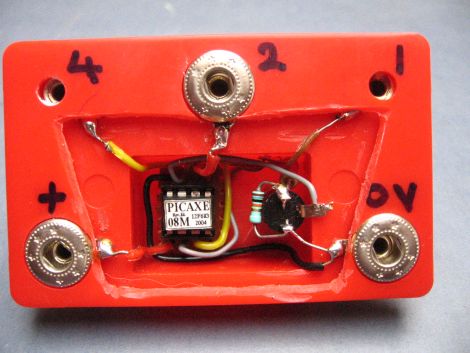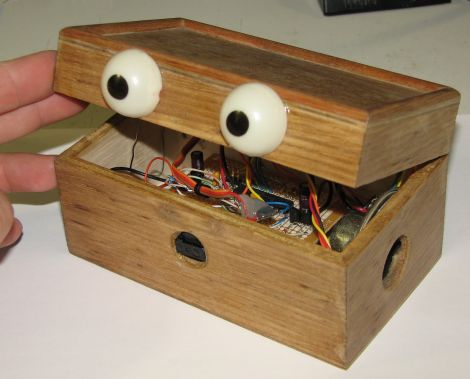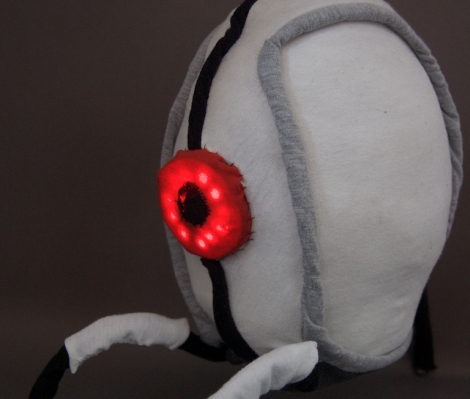
[manuka], aka [Stan Swan] is a teacher in New Zealand who enjoys enlightening his students on the wonders of electrical circuits. He primarily uses “snap connector” circuit kits, sold under the BrainBox name in NZ, for his interactive labs as they can be easily manipulated by pupils of all ages.
While the kits are great, he says that the range of experiments they provide can be a bit limited, so he decided to swap out the kit’s sound module for something far more useful – a PICAXE-08M. The space left by removing the sound module was pretty small, but [Stan] got everything to fit without too much hassle. His modification allows his students to program the PICAXE, as well as utilize four of the uC’s output pins.
Needless to say, the addition of the PICAXE module was a huge hit with his students, allowing them to create far more exciting circuits. [Stan] has been revising his system over the years, adding extra output pins, enabling lamp and motor control, as well as tweaking his setup to respond to IR commands.
We think [Stan’s] work is pretty awesome, and we’re still wondering how this flew under our radar for so long. He says that his students vary from preschool kids to centenarians, so if you’ve got someone that you would like to introduce to the fun world of electronics, we suggest picking up one of these kits and getting to work.
[Thanks Haku]

















